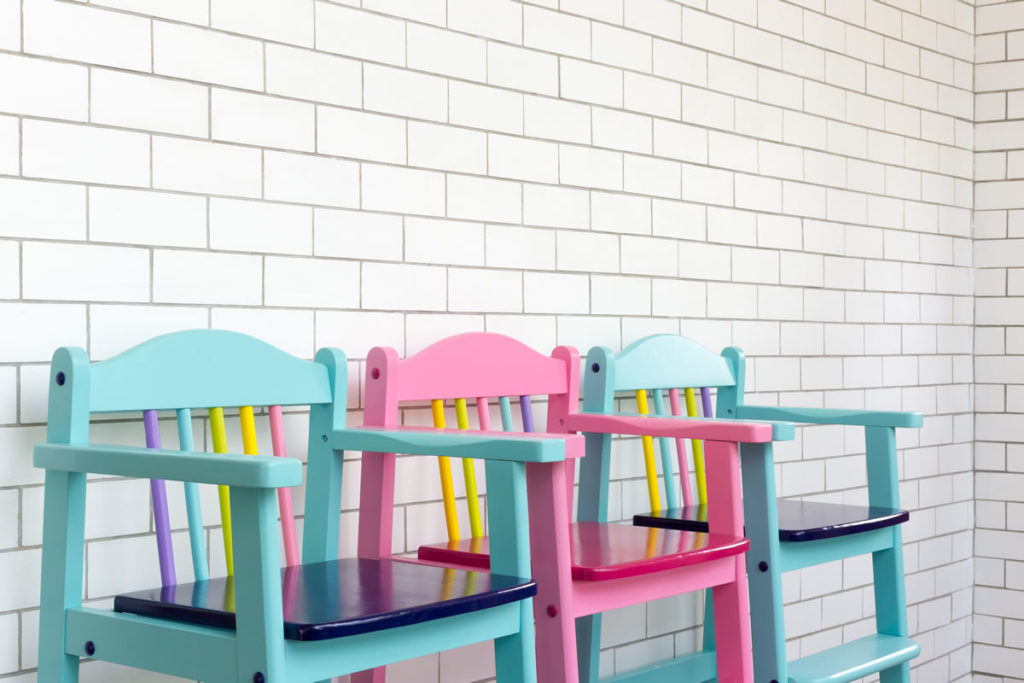In today’s article we want to present you a technique to work on self-esteem in class , as well as other additional values such as empathy, respect, and internal and external positivism.
- Subjects and themes that we will work on in this activity: arts and humanities, language, coexistence, class rules, health.
- Recommended and adaptable activity for children from 3 to 8 years old.
- Keywords : feelings, emotions, self-esteem.

description of the activity
What is self esteem? It is the way we view our own selves. Consequently, high self-esteem means that we consider ourselves good and capable, that we are “confident” of our worth. Low self-esteem, on the other hand, means that we do not consider ourselves good enough and / or that we are “unsure” of our own worth.
That is why it is so important to learn to develop students’ self-esteem , looking for mechanisms and dynamics that serve to encourage them and to see positive traits in themselves and in their classmates.
We all want our children to know that they have intrinsic value as human beings, not because of what they accomplish, but simply because of who they are. But in reality children tend to evaluate who they are more by the things they do and by how they interact with the world , and not so much by who they are.
All of us have tasks to master throughout our lives, since our own growth demands it in the form of practices, trainings, obstacles and tests … and all this is what shapes who we are.
Then there is another type of self-esteem, something more secondary, which comes from the pride of knowing, deep within us, that if we work hard at something we can achieve important and great things that are worthwhile, that something that can make our dreams come true. . But do the youngest have enough resources to see and understand it?
Basic objectives to be achieved with the activity
The first step in helping a child develop healthy self-esteem is a positive relationship with his environment, creating solid cores of self-love and a climate of stable internal happiness, regardless of the things that happen around him. The second step is to help your child accomplish things that they can be proud of, whether it’s learning the alphabet or getting good grades.
The objective of this activity is, therefore, to get students to acquire tools and methods to improve their self-confidence and their level of self-esteem.
NECESSARY MATERIALS
- A chair that has something special (it could be a chair with balls on the legs, a well decorated stool or any other chair different from the rest) that will only be used for the activity.

Steps to follow in the dynamics
Put the special chair in an equally special place. You could call the chair the ” chair of positive phrases .” Once this step is accomplished, you can ask a different student each day to sit in the special chair. The other children in the room will take turns saying nice things about the person in the chair.
The student or the student who is sitting in the chair will only be able to say “thank you” and nothing else. At the end of the activity, ask the student who sat in the chair how he felt when others said nice things to him.
Over time, students will get used to complimenting and being congratulated, and they will learn to trust and express their feelings .
Activity evaluation
The goal for a positive evaluation is for students to overcome embarrassment over time, to be able to be honest, and to understand the importance of being kind AND positive in life, as this will also grow their own self-esteem.
If the children at the end of the activity say that they feel good, then the evaluation will have been one hundred percent successful.












































































































This article disseminates conceptual errors by putting “self-esteem” and “self-concept” in the same bag: “Self-esteem”: It is the level of affection and importance that I give to myself [email protected] , “Self-concept”: It is the level at which I consider myself in the performance of a certain activity or area. For example, I can love myself a lot and have a low self-concept of myself in sports, or the other way around: listen to me and love myself little, but have a high self-concept of myself in mathematics. Self-esteem and self-concept are related and interrelated, but they are different concepts.